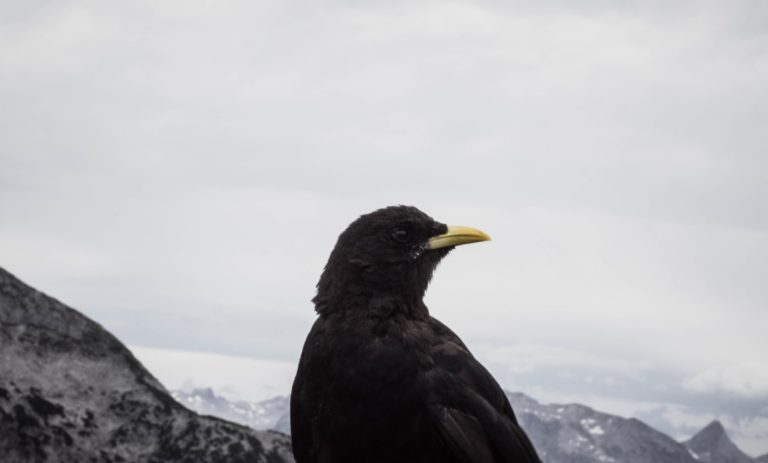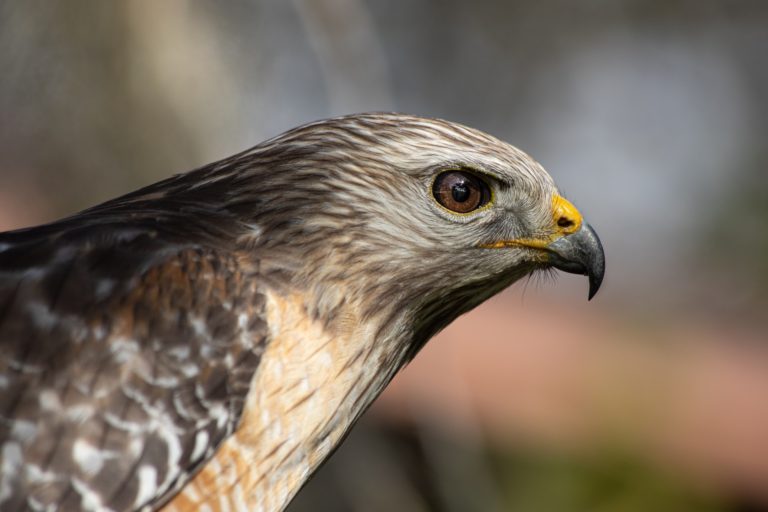Tanybwlch Cliff
The sloping cliffs to the south of Tanybwlch beach are clearly made of crumbly layers of mudstone, deposited on the bed of shallow seas in the Silurian period (430 million years ago) and known to geologists as Aberystwyth grits.
During orogenic (mountain-building) episodes 395 million years ago, these layers were compressed, raised and folded. Fossils are poorly represented.
In the glacial period 2 million years ago a variety of much harder igneous rocks were transported to the coast, often from vast distances away – pink and red jasper from North Wales, granites from Scotland and the Lake District, agates, quartz, and amethyst from far afield and even flint from North of Ireland.


